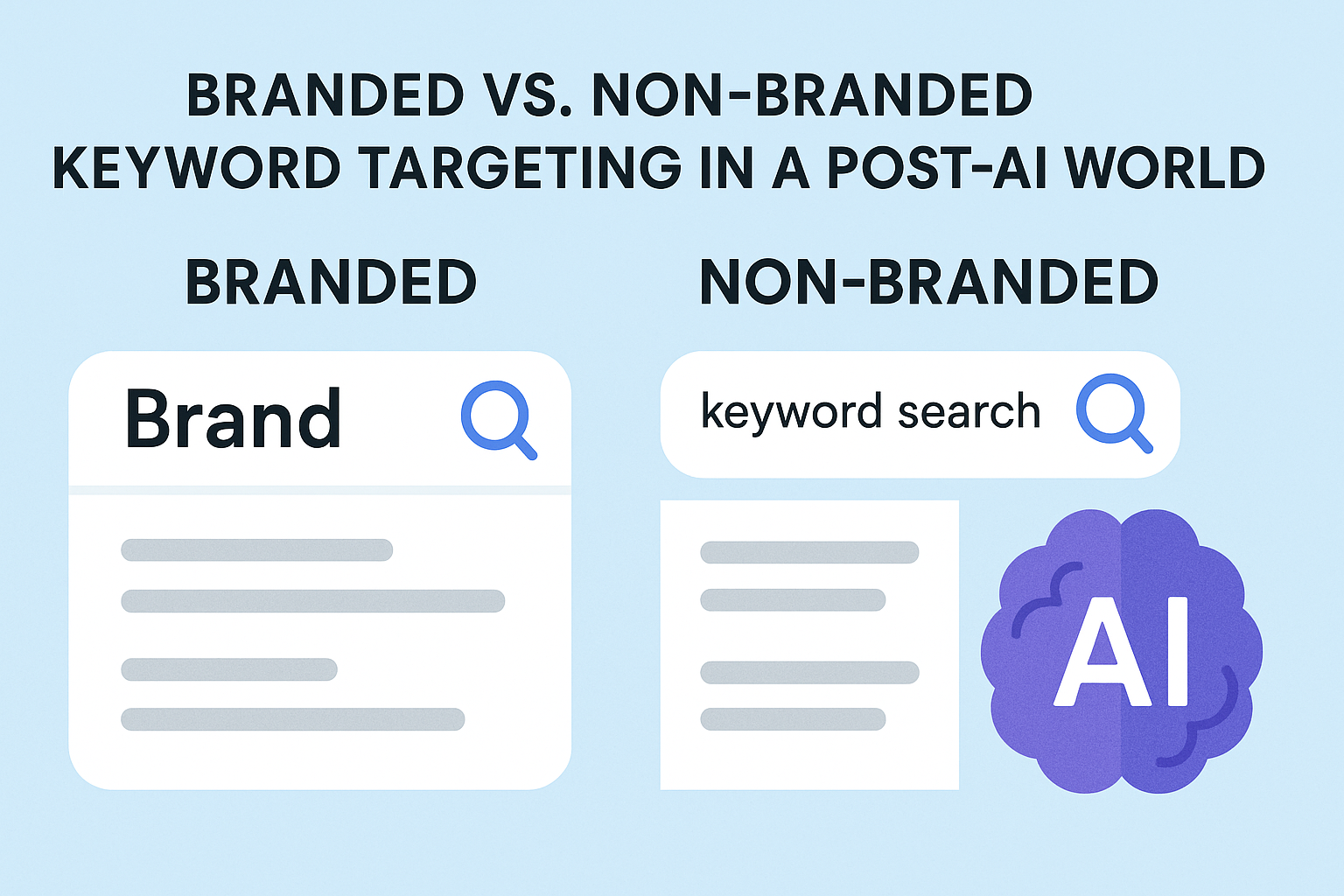It’s not easy managing a business all by yourself especially selling as a startup company with predominantly entry-level employees. The whole process is not as simple as launching your shop, finalizing your product listings on Amazon, Etsy, or Shopify, and then simply waiting for an incredible amount of income to happen overnight.
There is no shortcut or magic trick to managing a successful eCommerce business. Even experienced online sellers and business owners who have spent decades in the industry constantly follow and adapt to the ever-changing trends in the marketplace. If you’re not determined or dedicated to responding to these challenges, it will weigh down on your capacity to survive and stand out amidst the harsh competition.
Amendments are necessary building blocks to your business model. These alterations do not exclusively happen because of errors in your management, sometimes, it transpires because of matters presented as an opportunity to develop the organization further. Among the advancements that several businesses have been implementing are with their shipping strategies. For this reason, we will discuss the current market trends and the eight shipping considerations you should have.
Riding the Bandwagon
There are countless sources of information where you can acquire positive reinforcement for online selling. Today, there is an emergence of a trendy concept called “Growth Hacking.” This notion consists of tips and tricks to accelerate the expansion of your business in the eCommerce world. There are twenty-five hacks. Each targets relevant traffic to attract the public, bring in new customers to your store, and convert them into buyers; the end goal of this setup is to increase and generate sales exponentially.
If you’re interested in the details of Growth Hacking, you can apply the techniques we enumerate below. Keep in mind that these strategies are backed up by data and have been proven to be successful for many online sellers.
- Speed up the loading feature of your business pages and eCommerce site.
- Employ the correct keywords and integrate them into your content creation.
- Be highly responsive to the reports, inquiries, and reviews of your consumers.
- Conduct tests on the structure of your eCommerce store and product listings.
- Provide a contact form or online help desk software to receive concerns promptly.
- Apply a call to action (CTA) technique to motivate purchases from your customers.
- Make your website interface easier to navigate for your potential buyers.
- Display a search function within your eCommerce website for user convenience.
- Highlight post reviews and publish positive testimonials from your previous clients.
- Encourage your customers to share a review and answer a satisfaction survey.
- Showcase evidence of security and confidentiality to uphold data privacy.
- Personalize the experience of your online visitors by adding interactive features like recommendations, browsings, category filters, and customization options.
- Underline your brand’s shopping policies to establish transparency with your buyers.
- Exhibit promotions using advertisements to convince users to buy from your shop.
- Use social media and audio-visual materials to redirect users to your eCommerce site.
- Learn the basics of search engine optimization (SEO) to rank up your product listings.
- Read a shipping guide to the USA from Canada and adjust your shipping charges.
- Mention effective attention-grabbers, SEO keywords, and taglines on your descriptions.
- Cultivate a sense of urgency by publishing enticing products and offers for a limited time.
- Reward a user’s first visit to your eCommerce store to create a good impression.
- Explicitly state that you offer the finest, the best, and the most premium products.
- Try up-selling and cross-selling your product listings into bundles and exclusive sets.
- Make the checkout process quick and easy to do by speeding up cart validation.
- Open your lines to multiple payment options like cash on delivery, debit card, and in-store currencies.
- Stay in touch with your customers by sending personalized emails to keep them subscribed to your current offerings.
Ecommerce Shipping Considerations
Now that you have some background on the way Growth Hacking operates, we will look into the shipping and delivery landscape. As you may have heard, pricing is just one of the many important factors that comprise your business’s fulcrum for decision-making. When determining other matters that make up your brand value, you’ll need to take a profitable approach.
Shipping is one of the most common systems that need to be redesigned because wants are evolving. Startup businesses may find this confusing, but choosing the right shipping partner will primarily affect the overall performance of your brand. Feeling unsure of how to go about this? Luckily for you, we have gathered eight important eCommerce shipping considerations that work for small businesses. In line with that, we will uncover how these basic shipping principles will be advantageous for you and your target market.
So what are these primary shipping considerations?
#1: Shipping Volume
Reflect on how many packages you need to deliver within a week, a month, and a year. Afterwards, observe how many customers have been adding your products to their cart and finishing the checkout process. This should give you a proper estimation of the shipping volume.
#2: Parcel Weight
In relation to the first consideration, carefully examine your product listings and see how much your items typically weigh. This is a crucial step since shipping heavier products costs more on your end, unless you are using a flat-rate box. For a proper projection of shipping fees based on parcel weights, carefully check your merchandise’s dimensions before signing the agreement.
#3: Shipping Priority
Decide if you will be shipping using a ground, priority, or first-class setup. When that’s done, you can delineate the subject concerning your options for the shipping methods; will you offer just one type of transportation for your client’s bulky products? Will there be a courier for smaller-sized items?
#4: Shipping Destinations
Finalize the areas you will deliver to. You may cite a specific radius for your customer’s reference. Another action plan is to indicate that your business is willing to offer long-distance deliveries with an additional fee. Besides that, establish if your brand ships locally, internationally, or both. For your convenience, you can provide a list of locations where your store is willing to ship a parcel.
#5: Product Packaging
Not only should the parcel look presentable, but the items inside it should also be intact and untouched throughout the shipment. Explore what your shipping partner does to secure their packages and review the labels stamped on each package. One of the labels should indicate that if the client receives a damaged product, then they can get a replacement for it.
#6: Tracking Services
The expected speed of your shipment will largely depend on the eCommerce site you are selling on. For example, Amazon highly recommends same-day shipping and delivery services. This policy also means that any delay beyond two days will give you a low rating.
What most shipping companies do to give accurate information on the whereabouts of their customer’s parcels is to offer tracking information. This type of service will show the most recent checkpoint and the estimated date and time of arrival of the package. Many clients look forward to this because of its convenient and reliable updates.
#7: Customer Care
Many larger companies hit the point where they start hiring a specialized customer service agent team. These professionals are in charge of evaluating customer satisfaction rates and mediating between the business and the clients. In this context, part of their job is to obtain data regarding customer experience. The time frame could range from during, before, and after the shipping is processed.
Maximize your knowledge of the customer’s feedback to improve your current shipping services. Before you know it, you’ll master what the general public wants.
#8: Legal Restrictions
There are some countries that bar shipments of specific items due to cultural practices and legal restrictions. For instance, alcoholic beverages, cigarettes, and cards for gambling are strictly prohibited in highly religious and conservative states. Be aware of these restrictions before shipping out your goods lest you run into trouble.
Conclusion
Despite continued improvements within one’s business models, shipping and delivery remain an aspect where amendments should happen on a monthly fixed basis. The way consumers want to wait, see, and receive their orders will inevitably impact the direction of your sales. To put Growth Hacking’s take on shipping under good light, we must first contemplate each consideration.
Matters that online sellers need to ruminate on include details of their product listings, the type of covering for safekeeping, and the services offered by your shipping partner. These factors will contribute to the satisfaction score that a customer care team will review. Regardless of the turnout (whether positive or negative), business owners should not forget the goal of prioritizing the target market. At the same time, enhancing one’s business framework is a subject that a person and organization should never be ashamed of.
Did you find this article helpful for your online business? Let us know what you think about our eight important eCommerce shipping considerations by sharing your insights in the comments below!

Diana leads the growth marketing initiatives at Stallion Express, Canada’s #1 eCommerce shipping company offering the best rates for the US, domestic & international shipping. As a personal trainer turned digital marketer, Diana is obsessed with equipping online sellers with everything they need to scale their online businesses.







